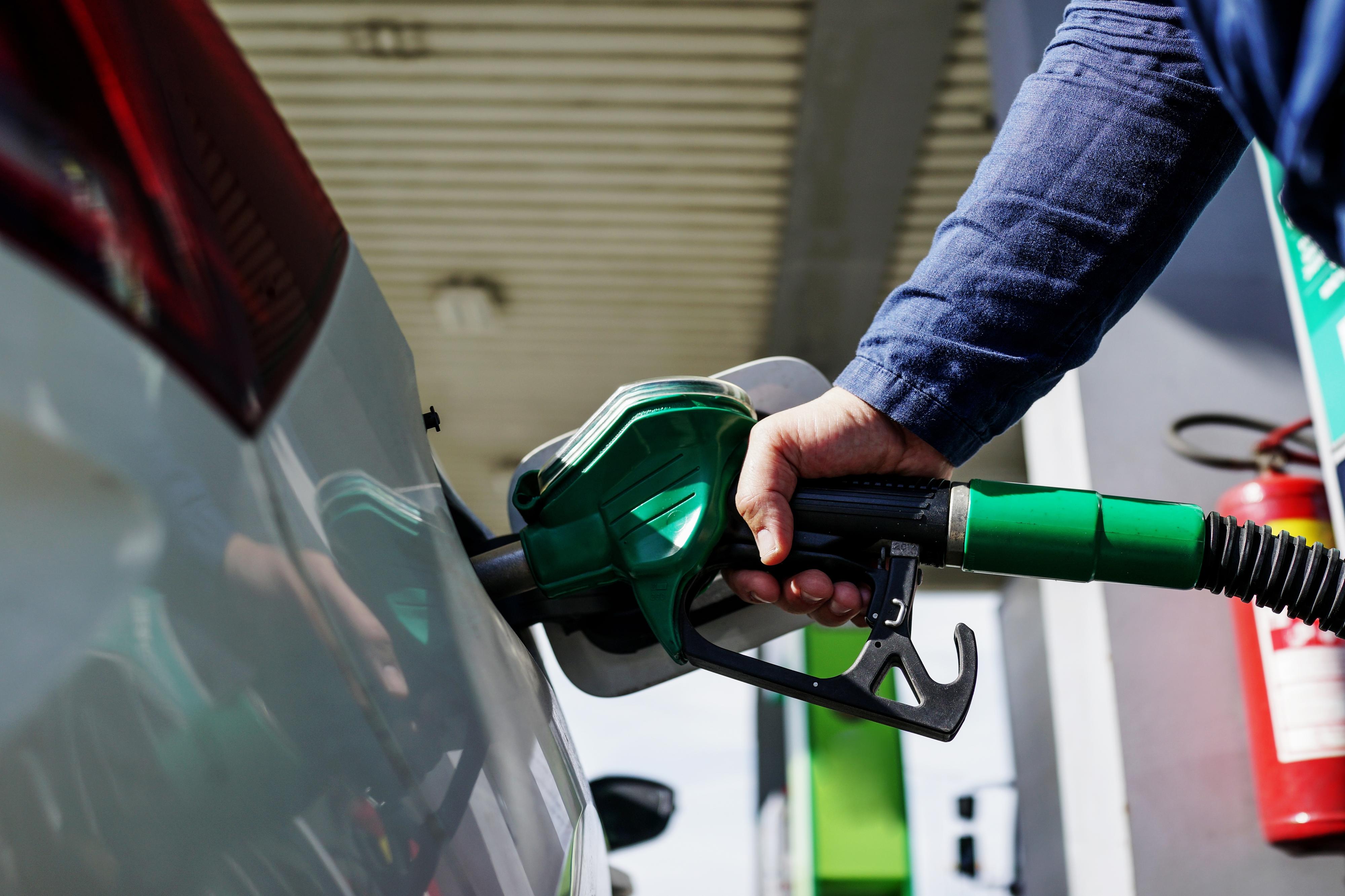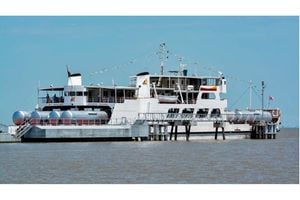Prime
Relationship between air friction and fuel economy

What you need to know:
- The resultant energy demand causes the need for acceleration and higher engine revolutions, which use more fuel
- Sharp corners and edges increase drag while smooth rounded ones reduce it.
Why and how does air friction affect a car’s fuel economy? Juliet.
Air friction is the air resistance met by a moving object such as a car, as it pushes air flowing around it. This is also called aerodynamic drag. Air friction or dynamic drag affects the fuel economy of a car. When air flows around the moving car, it builds resistance which slows down the car. As you accelerate to counter the air resistance and maintain speed, you will need more energy or fuel. This is how air resistance affects fuel economy.
Therefore, the smoother the airflow around your car, the lower the drag and the less fuel you burn at a particular speed. This also means that the air resistance or drag around your car will depend on how fast you drive or how sleek (shape) and big your vehicle is. This explains why car manufacturers strive to develop their vehicles’ aerodynamic designs to improve efficiency and fuel economy among other considerations such as handling and beauty. Car manufacturers even publish figures referred to as the coefficient of drag (Cd) to explain how smooth their vehicles are when pushing against wind resistance.
Air resistance or dynamic drag will increase the energy required to propel your car forward. The greater the resistance the higher the fuel consumption. This happens because the engine works harder to counter air resistance.
The resultant energy demand causes the need for acceleration and higher engine revolutions, which use more fuel. It is worth noting that at higher speeds the front shape, sleek design and size of the car play a great role in increasing fuel consumption.
You can reduce the effects of air resistance on fuel economy by buying a car with more rounded and sleek edges. Sharp corners and edges increase drag while smooth rounded ones reduce it. Special car design cues also help to reduce air resistance or drag such as spats or spoilers in front of tyres, grille openings and air dams designed to reduce wind turbulence, specially designed bonnets, side skirts, side mirrors and belly pans help to improve smooth airflow around and under the car.
Conscious choices such as removing roof racks and roof storage bins as well as driving at moderate speeds (between 80 - 100 KPH) will help to reduce air resistance and fuel consumption




